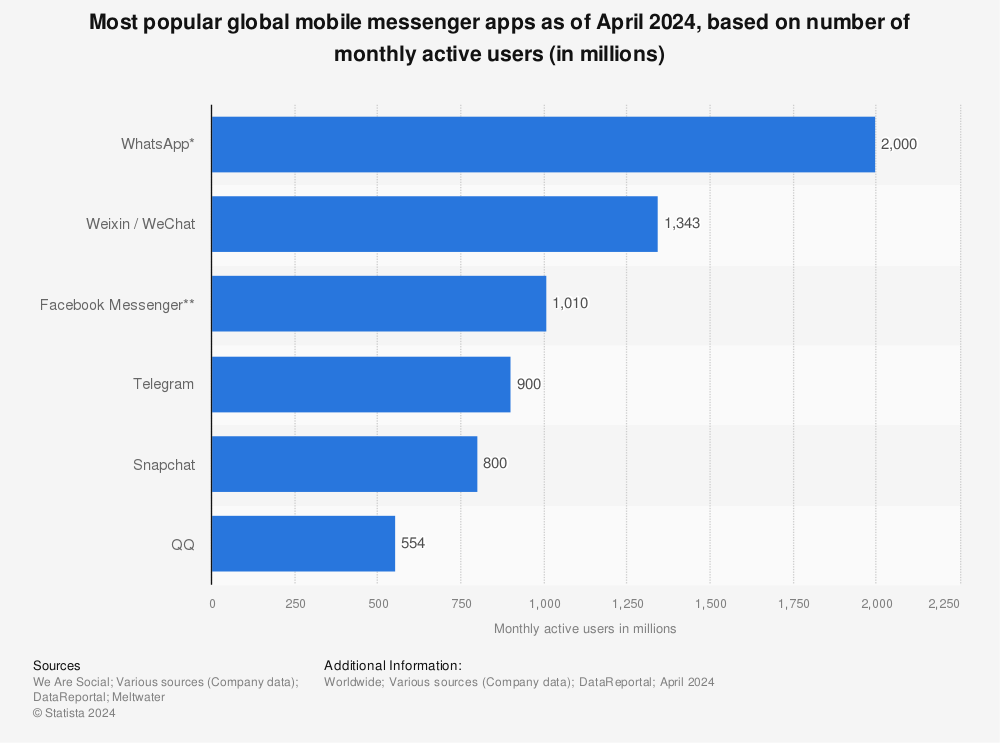Good Content vs Great Content
What’s the difference between good content and great content? And what makes great content great? Is it the words, writing style, tone of voice, format, sentence structure, or something else entirely? Let's explore the differences.






